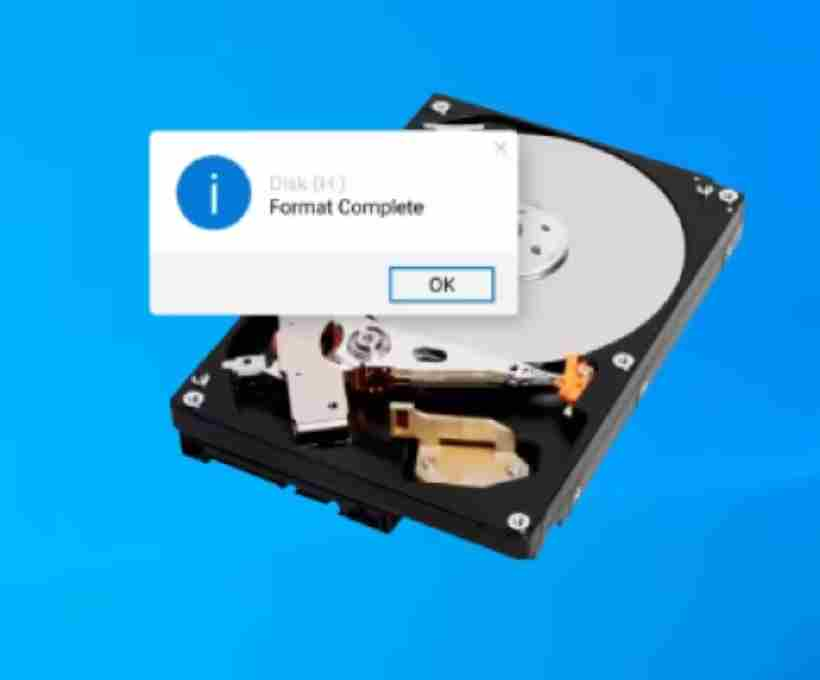Hard drives serve as the main storage devices on a computer and must be formatted before they can be used. Formatting a drive sets up a file system, allowing Windows to manage and store data efficiently.
Understanding Formatting and Its Types
Formatting a hard drive erases all existing data. There are two main types of formatting:
1. Regular Format: This method deletes all files from the selected volume and scans the hard disk for any bad sectors. This ensures that the drive is in good condition and functioning correctly.
2. Quick Format: Choosing a quick format removes files from the partition but does not check for bad sectors. Use this option only if the drive has been previously formatted and is in good working condition.
Understanding Hard Drive Partitions
Before formatting, it is essential to understand partitions. A hard drive can be divided into smaller sections called partitions. Formatting a single partition does not affect others on the same drive. However, if you need to format the entire hard drive, a different approach is required.
Steps to Quick Format a Hard Drive
Windows Vista, 7, and 8 provide a built-in Disk Management tool for formatting. Follow these steps:
- Click on the Start button.
- Open Computer and right-click on the hard drive you want to format.
- Select Format from the menu.
- A new window will appear, displaying various formatting options.
By default, the Quick Format option is selected. You can modify the file system type, allocation unit size, and volume label (drive name) if necessary. In most cases, the default settings can be left unchanged. Click Start, and within a minute, the formatting process will be completed.
For Windows Vista, 7, and 8, it is recommended to select the NTFS file system if it is not already chosen.
Using the Disk Management Tool
Windows also provides another method to format drives using the Disk Management tool. You can access it in two ways:
- Press Windows + R, type
diskmgmt.msc, and hit Enter. - Open the Control Panel, search for “Disk Management,” or navigate to Administrative Tools > Create and format hard disk partitions.
Once the tool loads, it will scan the system for all available drives. If a new disk is detected, you will be prompted to initialize it.
Initializing and Formatting a Hard Drive
- If your hard disk is larger than 2TB, choose GPT (GUID Partition Table), which allows more than four partitions.
- If no prompt appears, check the list of drives for one labeled Not Initialized. Right-click on it and select Initialize Disk.
- Once initialized, right-click on the unallocated space and select New Simple Volume.
- Follow the setup instructions, specifying the partition size (in MB, where 1024MB = 1GB) and assigning a drive letter.
- When you reach the formatting step, use the same recommendations as in the Quick Format method.
If the partition size is smaller than the total available space (e.g., 500MB on a 1TB drive), the remaining space will be unallocated. You can format the unallocated space by repeating the process.
By following these steps, you can efficiently format your hard drive and prepare it for use in Windows Vista, 7, or 8.





